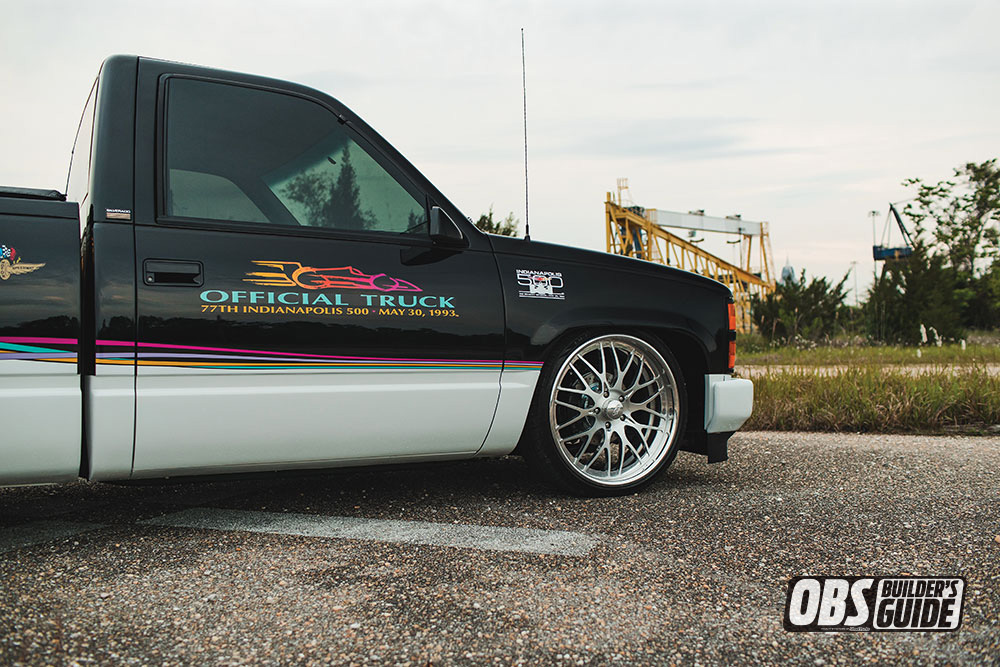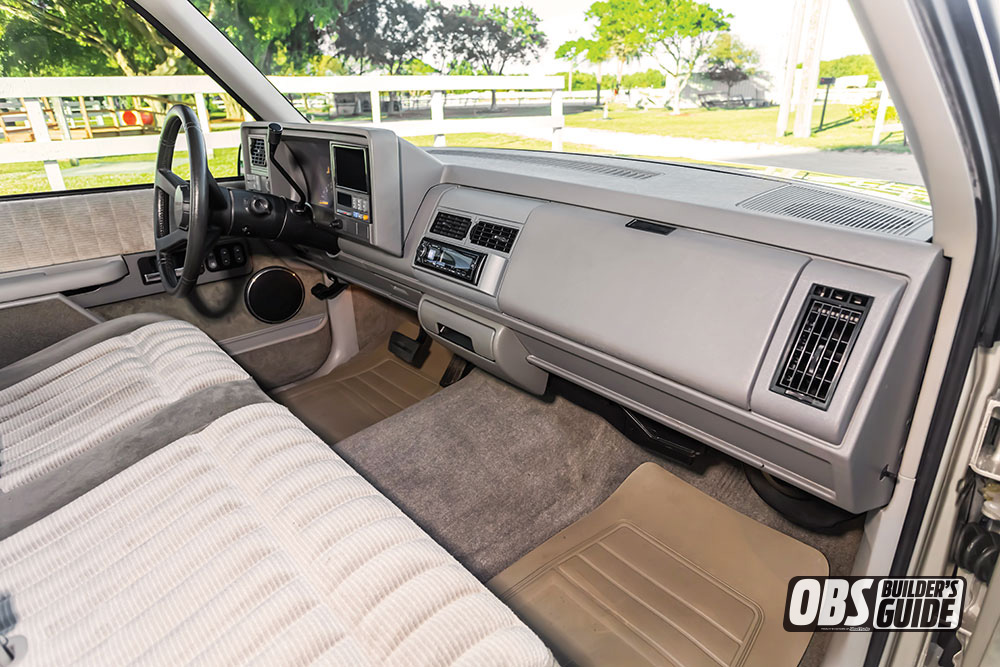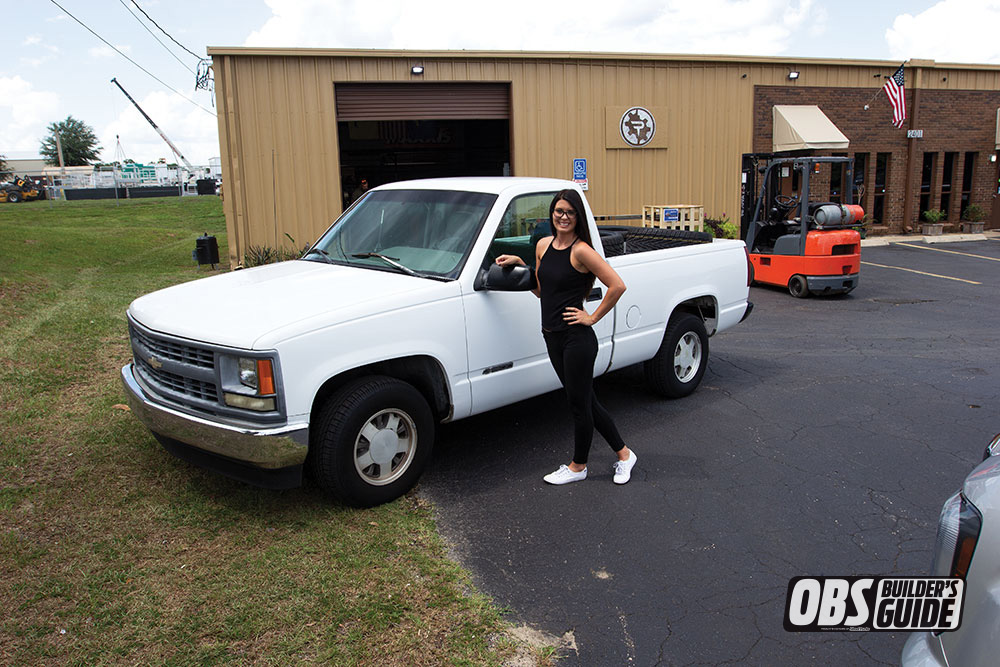 CHRIS STAFFORD
.
September 07, 2021
.
OBS Builders Guide
CHRIS STAFFORD
.
September 07, 2021
.
OBS Builders Guide

In my opinion, 1988 was the exact year that jump-started the street truck era with the release of the all-new re-designed GM trucks commonly known as the “OBS” (Original Body Style, Old Body Style). This redesign by GM officially made a truck more than just a tool on the farm. It sparked the creation of an entire culture of automotive enthusiasts, and the street truck/sport truck movement was born. The GMT400 is said to have influenced GM designers long after they were no longer produced, and for good reason! We believe to this day they are the best-looking trucks on the road, we may be a little biased though!
Over its more than 10-year span of production, these trucks just got better and better in terms of design, comfort, reliability, power and safety. Although GM made a ton of changes both cosmetically and mechanically to the GMT400 trucks, we’ll hit the high points of the changes made throughout the years. We wanted to break down all the biggest and best changes between the ’88-’94 and ’94-’98 trucks. So let’s dive deep into the timeline of this timeless truck.
OBS refers to Chevy C/K trucks that were manufactured by General Motors between the years of 1988 and 1998. Marketed under the Chevrolet and GMC brands, the C/K series included a wide range of vehicles including a chevy truck and two SUV models. While most commonly associated with pickup trucks, the model line also included medium-duty and heavy trucks. “C” denoted a two-wheel drive; “K” denoted four-wheel drive.
 There were eight different versions of the C/K line for 1988: Fleetside Single Cab, Fleetside Extended Cab, Fleetside Crew Cab and Stepside Single Cab models, each in either 2WD or 4WD drive-lines. Three trim levels were available for these trucks including Cheyenne, Scottsdale and Silverado.
There were eight different versions of the C/K line for 1988: Fleetside Single Cab, Fleetside Extended Cab, Fleetside Crew Cab and Stepside Single Cab models, each in either 2WD or 4WD drive-lines. Three trim levels were available for these trucks including Cheyenne, Scottsdale and Silverado.













Over its more than 10-year span of production, these trucks just got better and better in terms of design, comfort, reliability, power and safety.





 The Work Truck (W/T) was introduced in 1988, which featured a single cab long bed with Cheyenne trim and a new grille with black bumpers. Check out a tech article for this Chevy!
The Work Truck (W/T) was introduced in 1988, which featured a single cab long bed with Cheyenne trim and a new grille with black bumpers. Check out a tech article for this Chevy!
 Throttle body(TBI) fuel injection was used on ‘88-’95 gas engines.
Throttle body(TBI) fuel injection was used on ‘88-’95 gas engines.
 In 1998, to circumvent the rise in auto thefts, GM introduced the Pass Lock II system with a “security” light on the dash to the 88” to 98″ Chevy Trucks.
In 1998, to circumvent the rise in auto thefts, GM introduced the Pass Lock II system with a “security” light on the dash to the 88” to 98″ Chevy Trucks.
 CPI (central point injection) was used on the ‘96-’00 4.3L-V6, 5.0L-V8, 5.7L-V8
CPI (central point injection) was used on the ‘96-’00 4.3L-V6, 5.0L-V8, 5.7L-V8
 1997 was to be the last year the C/K Silverado would display “CHEVROLET” on the tailgate
1997 was to be the last year the C/K Silverado would display “CHEVROLET” on the tailgate
Share Link